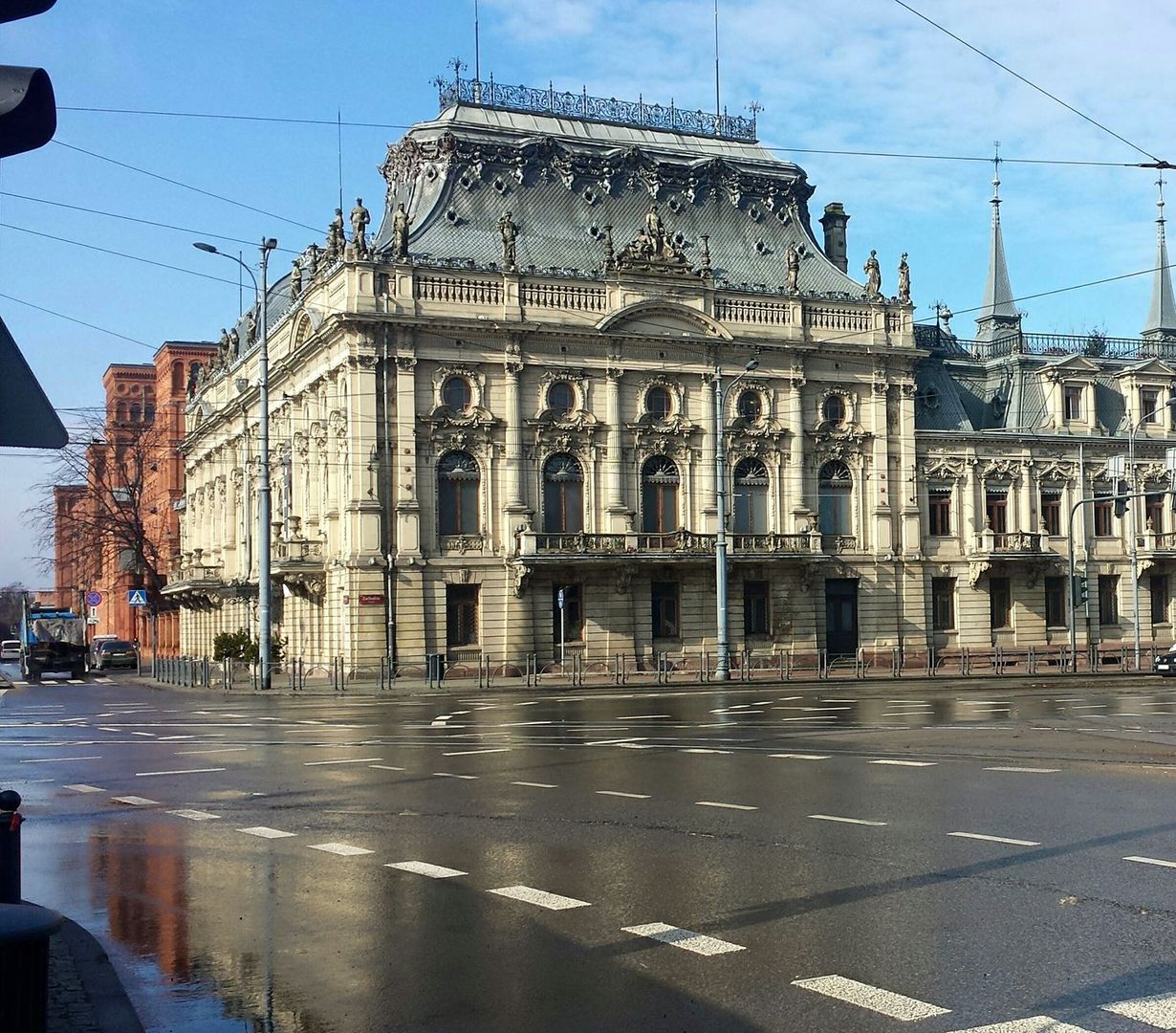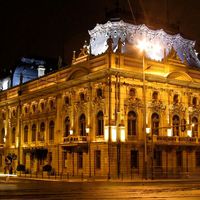Israel Poznański's Palace
6.94

Overview
The Izrael Poznański Palace is a 19th-century Neo-Baroque building located in Łódź, often referred to as the "Louvre of Łódź" due to its monumentality and rich ornamentation. Built in 1877 by the industrialist Izrael Poznański on the site of a modest tenement house and a warehouse building, it became the largest industrialist residence in Poland. The palace was electrified as one of the first in Łódź, featuring grand salons and intimate living quarters. The family's private area was located on the first floor, while the ground floor housed offices and the chairman's study. The building's architecture, based on an L-shaped plan, is the result of work by several architects, including Hilary Majewski, Adolf Zeligson, and Franciszek Chełmiński. In 1898, the palace was expanded with a winter garden featuring glass domes and a ballroom, and pavilions and an ornately decorated fountain were added to the garden designed by Leon Grabowski. The decor of the dining and ball rooms was created by the painter Samuel Hirszenberg. After Poznański's death in 1903, the palace underwent further renovations, and during the interwar period, it served as the seat of the Provincial Office. In 1975, it became the home of the Museum of the History of the City of Łódź, which carried out numerous reconstructions and adaptations of the interiors. In 2015, the palace was designated a historical monument, and between 2017 and 2020, the facade was renovated and the palace garden revitalized. It is also worth adding that the palace is steeped in rich history, and its architecture and aesthetics reflect the wealth and ambitions of its owner, making it an important landmark not only on the map of Łódź but also in the context of Polish culture and history.
Location
Tickets
Powered by GetYourGuide
You can also find here:
2025 Wizytor | All Rights Reserved
